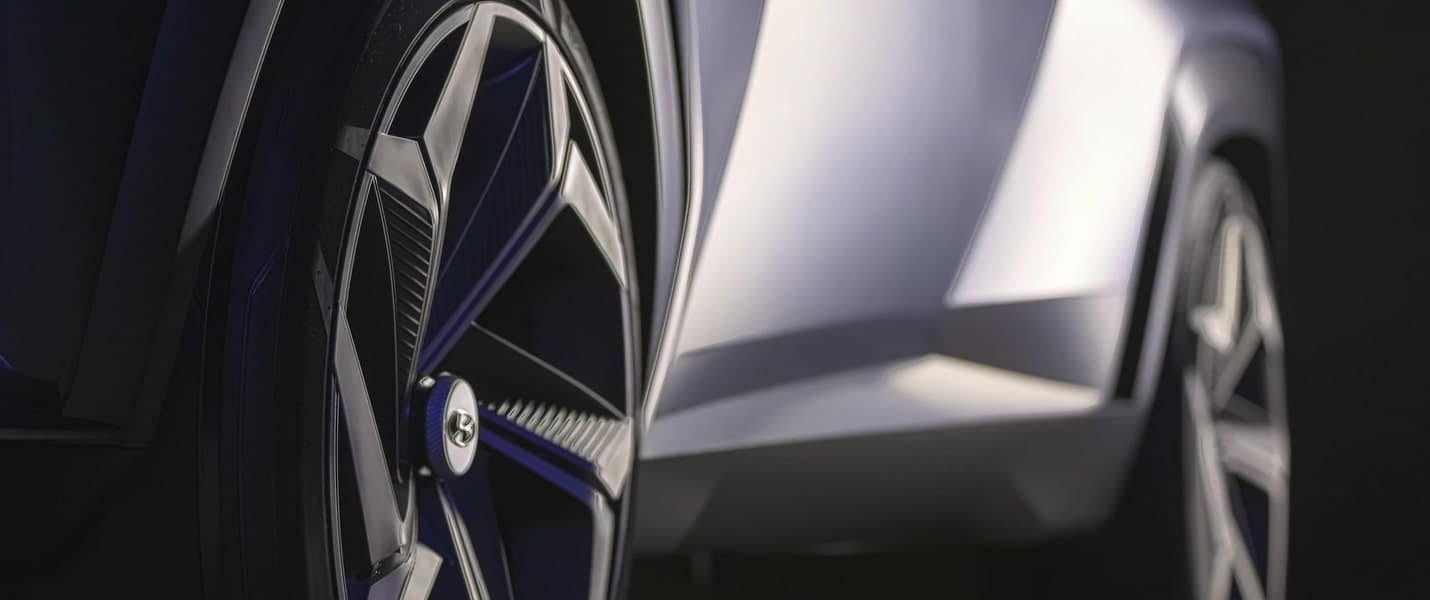Sample text

The Data Party: How Do Wheel ET and J Values Affect Vehicle Handling?
In vehicle dynamics, wheel ET (Einpress Tiefe or offset) and J value (rim width) significantly impact handling, stability, and tire performance. Here’s how:

1. Wheel Offset (ET)
- Definition: The distance (in mm) between the wheel’s mounting surface and its centerline.
- Positive offset (ET+): Mounting surface toward the outside (common in FWD/AWD).
- Negative offset (ET-): Mounting surface toward the inside (common in RWD/off-road).
- Zero offset: Mounting surface at the centerline.
Effects on Handling:
- Steering Response:
- Lower (more negative) ET pushes wheels outward, widening the track width, which can improve cornering stability but may increase steering effort.
- Higher (more positive) ET tucks wheels inward, reducing scrub radius, improving straight-line stability, and reducing torque steer in FWD cars.
- Suspension Geometry:
- Extreme negative ET can increase stress on wheel bearings and suspension components.
- Incorrect ET may cause rubbing against fenders or suspension parts.
- Scrub Radius:
- Proper ET maintains OEM-designed scrub radius, affecting steering feedback and stability.
2. J Value (Rim Width)
- Definition: The width of the wheel in inches (e.g., 7J = 7 inches wide).
Effects on Handling:
- Tire Fitment & Shape:
- Wider J values allow wider tires, increasing grip but potentially adding weight.
- Narrower J values may cause tire “pinching,” reducing sidewall support and responsiveness.
- Contact Patch & Cornering:
- A wider J value (with proper tire width) improves lateral grip and cornering stability.
- Too wide a J value can lead to slower steering response due to increased flex.
- Ride Comfort:
- Wider J values with low-profile tires may transmit more road harshness.
Combined Effects (ET + J Value)
- Track Width: A lower ET with a wider J value pushes wheels out, enhancing stability but possibly requiring fender modifications.
- Clearance Issues: High ET + wide J may interfere with suspension; low ET + narrow J may look odd and reduce grip.
- Performance Tuning: Enthusiasts often tweak ET and J values to optimize grip, aesthetics, or drift characteristics.
Key Takeaways
- For Sporty Handling: Moderate negative ET + wider J value improves cornering but may sacrifice comfort.
- For OEM+ Balance: Stick close to factory ET and J to maintain intended dynamics.
- For Off-Road/Drifting: Aggressive negative ET + wide J adds stability and tire clearance.








